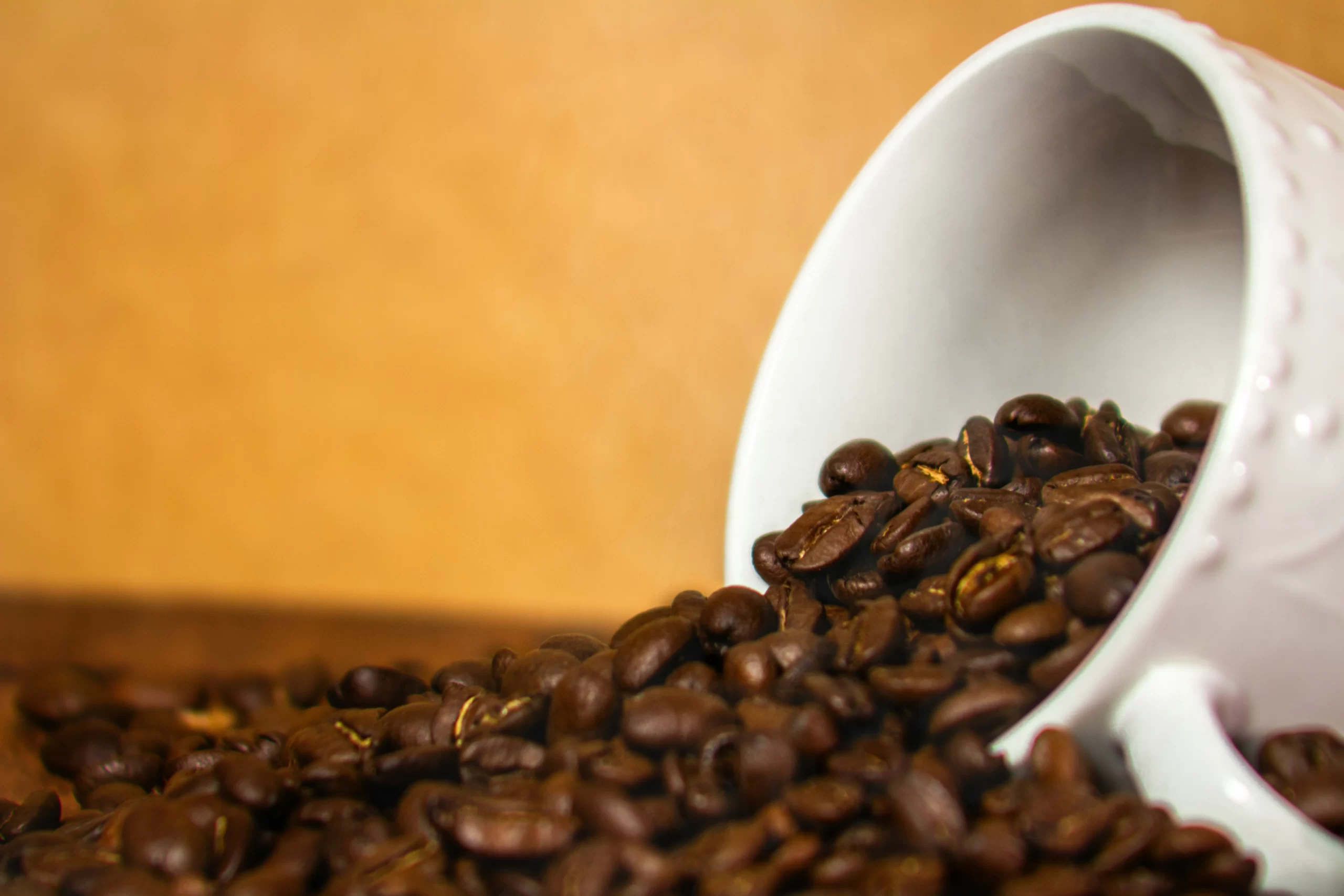Being mindful of the foods that stain your teeth is essential when it comes to maintaining a radiant smile. Dental whitening can often be undermined by a gradual dulling process, which is primarily caused by the drinks and foods that stain that we enjoy on a regular basis. Over time, these everyday consumables can lead to unwanted tooth discoloration, detracting from the bright, vibrant smile that many strive to maintain.
Common culprits include coffee, tea, red wine, dark berries, and acidic foods, all of which can stain the enamel, leading to a more faded or yellowish appearance. Understanding which foods are responsible for this gradual discoloration is crucial in helping you take the necessary steps to prevent it. In addition to identifying these staining foods, learning effective countermeasures such as regular brushing, using a straw for beverages, and rinsing your mouth with water after consuming staining foods can make a significant difference.
By incorporating these habits into your daily routine, you can preserve the shine of your teeth and maintain that confident, radiant smile you desire for years to come.
Understanding Tooth Staining
Tooth staining occurs when pigments from various food and drink materials adhere to the enamel, the outermost layer of the tooth. Over time, these black pigments can cause the teeth to darken, leading to noticeable discoloration. The process begins when the teeth absorb external substances from the foods and beverages we consume, which gradually settle into the enamel and, in some cases, sink deeper into the inner layers of the tooth.
This deepening of the stains can make them progressively harder to remove, even with regular brushing and cleaning. Two critical factors that contribute to tooth staining are the presence of chromogens and tannins found in certain foods. Chromogens are compounds that can produce intense, dark colors, while tannins are plant-based substances that can bind to teeth, promoting the attachment of chromogens and intensifying staining. Foods and drinks such as coffee, red wine, berries, and dark sauces are particularly high in these staining agents.
Additionally, acidic environments in the mouth, often created by sugary or citrus foods, can weaken the enamel, making it more susceptible to staining. Understanding these factors is key to preventing and managing tooth discoloration, allowing you to take proactive steps in preserving a brighter, whiter smile.
Top 6 Foods That Stain Your Teeth

Coffee and tea are two of the most beloved beverages worldwide, but unfortunately, they are also some of the leading culprits when it comes to tooth discoloration. The tannins found in these drinks are plant-based compounds that can attach to the enamel of your teeth, leading to staining over time.
Additionally, the dark pigments in coffee and tea, along with their acidic properties, can gradually wear down tooth enamel, making it easier for stains to set in. The longer these beverages remain in contact with your teeth, the more deeply the stains can penetrate, resulting in a yellowed or brownish appearance. While it’s hard to resist that morning cup of coffee or a relaxing tea break, regular consumption without proper oral care can significantly impact the whiteness of your smile.
To reduce staining, it’s recommended to drink these beverages in moderation, rinse your mouth with water afterward, and consider using a straw to minimize direct contact with your teeth.
| Coffee and Tea | The tannins present in these special drinks work to cause staining on teeth. The dark pigments along with acidic qualities in these beverages cause teeth to discolor through time. |
| Red Wine | Red wine contains two staining agents that make it well-known for its tooth discoloring properties. Acidity works as an enamel dissolver which weakens teeth so they become more likely to yellow. |
| Berries | The antioxidants in blueberries and blackberries along with cherries come with dark pigments which can produce tooth stains. |
| Tomato-Based Sauces | Consuming tomato sauces often enough creates conditions which make deep red hues and acidity combine to produce dental discoloration. |
| Cola and Dark Sodas | The mixture of chromogens along with acids within these drinks causes enamel deterioration followed by staining effects. |
| Soy Sauce and Balsamic Vinegar | Tooth discoloration occurs from dark-colored condiments because both pigmentation and acidity exist within these foods. |
Preventive Measures to Protect Your Smile

For individuals who regularly consume staining foods and beverages, it can be difficult to completely eliminate these substances from their diet. However, there are several effective preventive techniques that can help reduce the risk of tooth discoloration and protect the natural whiteness of your smile.
One key strategy is to rinse your mouth with water immediately after consuming drinks or foods that stain. This helps to wash away any pigments or acids that may have settled on your enamel, preventing them from being absorbed into the teeth. Additionally, brushing your teeth within 30 minutes of eating or drinking can help remove surface stains before they have a chance to penetrate deeper into the enamel.
Using a toothpaste designed to combat stains can also be beneficial, as it contains gentle abrasives that help polish the teeth and remove surface discoloration. For those who enjoy acidic foods or drinks like citrus or soda, it’s important to wait at least 30 minutes before brushing, as the acid can soften enamel, making it more vulnerable to abrasion.
Regular dental cleanings and check-ups are essential for maintaining a bright smile, as professional cleanings can remove plaque and stubborn stains that brushing alone may not eliminate. While it’s impossible to avoid all staining foods, incorporating these preventive measures into your daily routine can help you maintain a healthier, more radiant smile.
- You should use water to rinse your mouth after consuming beverages and foods that stain to eliminate the pigments.
- Drink through straws when having soda and iced tea to minimize teeth contact.
- Daily teeth brushing combined with regular flossing functions to eliminate plaque and prevent staining.
- Professional dental cleanings along with regular visits to the dentist help both stain removal and oral health protection.
At GPD Dental, we offer comprehensive dental care, including professional cleanings and whitening treatments, to help you achieve and maintain a bright smile.
Frequently Asked Questions about Foods That Stain Teeth (FAQs)
1. Can I still enjoy these foods without staining my teeth?
Yes, moderation is key. Using mouth rinses as part of your preventive oral care routine can help reduce staining and maintain a brighter smile. Combined with regular brushing and flossing, these practices support healthy teeth while minimizing discoloration. However, it’s important to choose rinses that are gentle and suitable for your needs to avoid any unwanted side effects.
2. How often should I get professional dental cleanings?
Professional dental cleanings are generally recommended twice a year, or every six months, to maintain optimal oral health. However, your dentist may adjust this schedule based on your individual needs, such as if you have gum disease or other dental concerns. Regular cleanings help prevent plaque buildup, cavities, and gum problems, keeping your smile healthy and bright. Following your dentist’s personalized advice ensures you get the best care for your unique oral health.
3. Are there foods that can help whiten my teeth?
An effective way to support dental cleaning and boost saliva production is by eating crunchy fruits and vegetables like apples, carrots, and celery. These foods naturally scrub your teeth surfaces as you chew, helping to remove food particles and plaque. Additionally, their fibrous texture stimulates saliva flow, which plays a vital role in neutralizing acids and protecting your teeth. Incorporating these healthy snacks into your diet can be a simple, natural way to enhance your oral hygiene.
The practice of preserving a bright smile requires another level of awareness about tooth-staining foods as well as implementing steps to prevent staining. Combining these prevention strategies with dental professional care will enable you to eat favorite foods without compromising the bright appearance of your smile.
Worried about a dull, yellow smile? Some of your favorite foods might be silently staining your teeth—but you don’t have to give them up forever. Our guide reveals the top offenders and smart tips to keep your smile bright. Want to reverse the damage and restore your natural shine? Book a professional whitening consultation today and let GPD Dental help you love your smile again.


